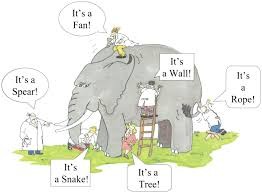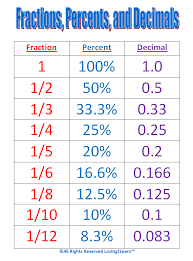Why choose Discovering Mathematics?
I chose the Discovering Mathematics module because haven’t had a particularly good relationship with maths in the past. I really enjoyed it from S1- S4 and I really did very well at it. I think this happened, not because I had an excellent teacher, but because I had a terrible teacher who couldn’t control the class. This meant that whilst other people were messing around there were a few of us who kept working, and, the main advantage of that was it meant we could discuss each question and work out how to do it ourselves.
I know see that this could be linked to Liping Ma’s idea of multiple perspectives where students able to work through problems together to see which solution is best. This allows the student to construct meaning from what they are doing which means they are more likely to remember it.
Maths all went down hill from S5 onwards. I had a teacher who wouldn’t let you talk and wouldn’t explain things. ‘I should “know” how to do it, so I shouldn’t need to ask. If anyone asked – they were shouted at. So that was it, my teacher stood at the class and taught ‘her way or the highway’ and me and maths fell out. This resulted in me loosing confidence in maths and ignoring it from then on.
So, I chose the Discovering Mathematics module so that me and maths could ‘make up’! I’m going to have to teach it and it’s much easier to teach something you like than something you don’t, and, I think it shows if you don’t like something and the pupils pick up on that.
So, how did I find Discovering Mathematics?
In all honesty, I loved it! It’s opened my eyes to so many things and I truly didn’t realise how much maths is involved in our daily lives. Ok, I was aware of maths around me, but I hadn’t really thought about it!
I found the inputs where specialists came to talk to us very valuable. They gave great insight into the maths in their field. I particularly enjoyed learning about maths and medicine – we need maths to stay alive! The workshops were also very useful, they helped to bring maths to life and show how maths doesn’t have to be boring to learn – it can be fun and interesting!
Wait a minute – did I say I have been ENJOYING maths?! Yes, I believe I have! The energy and enthusiasm that Richard has shown in inputs is catching and he ensures to make many links with the real word making it relevant and interesting. I also really enjoyed manipulating maths resources in Tara’s inputs, particularly when we were practising tessellation. And, the science input about space really showed me how far apart the planets really are!
What does this mean for the future?
Yes, now I like maths again!
I’m not sure I can say that I love it yet, but it’s not scary any more and I have really enjoyed being reintroduced to it.
This means that the enthusiasm that has rubbed off from Richard can join me on my teaching journey and I am going to try my best to make sure every child I teach also finds a bit of maths they enjoy. I am going to make sure I use real life examples to investigate maths, and I definitely won’t be teaching maths as stand alone topics. I am going to try to connect them as much as possible to give the children the best foundation I can for the maths they learn after they have been taught by me. (I know this all sounds very ‘I can change the world’! I know I can’t, but I can try to get people to like maths too.)





















